In this tutorial, I go through the steps of installing Raspberry Pi Flint OS. I also do a brief overview of what exactly the operating system (OS) is and any setup that you will need to do on first boot.
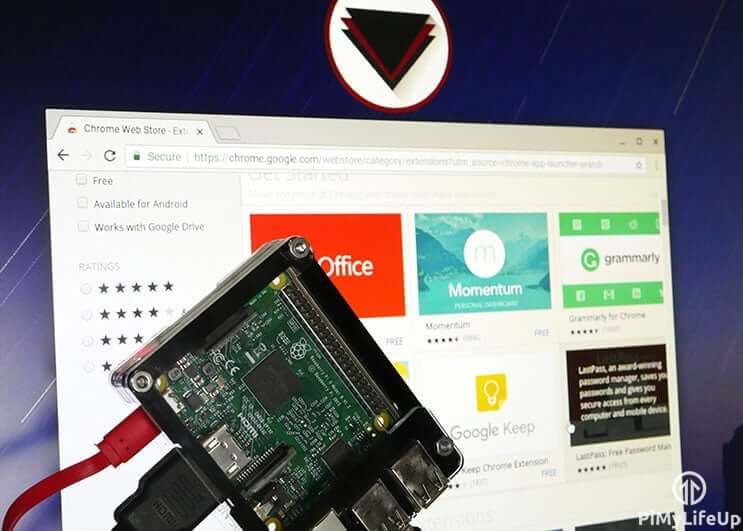
FlintOS is an operating system that is built on the open source version of Chromium OS. Unlike Chromium OS for SBC that I have covered earlier this one is still being worked on. It’s a lot more stable with most of the basics working just fine.
Not all of the Chromium OS apps will run on the Raspberry Pi as some of them are quite intensive and need a fair bit of resources. For example, “Cut the Rope” will run the first mission and that’s as far as you will get.
Flint OS is perfect if you only need a basic operating system that is able to run a popular range of applications such as Google docs or even the web versions of Microsoft Office apps. You’re able to access the Chrome web store, so you have a wide range of extensions, applications, themes and much more to install.
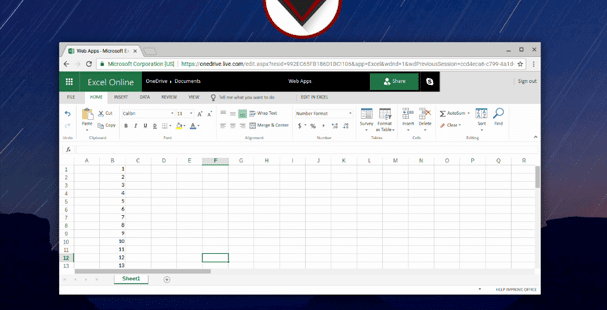
It’s important to note that if stability is hugely important to you, then I do not recommend installing this operating system until it has been worked on a little bit more. However, if you love experimenting and trying out new things, then you should totally try this out.
Equipment
If you’re interested in the equipment that you will need for this tutorial, then you can find a handy list right below. I highly recommend that you use a Pi 3 for this tutorial.
Recommended
- Raspberry Pi Amazon 3
- 8gb+ Micro SD Card Amazon
- Ethernet Cable Amazon or Wi-Fi Amazon
- Power Supply Amazon
Optional
Installing Raspberry Pi Flint OS
The process of installing Raspberry Pi Flint OS is basically the same as any other operating system that you would install for the Pi. I will detail how to get it installed below.
1. First head over to the Flint OS website and download the latest zip file. Once downloaded, unzip the file, so you’re left with a .img file.
Please note that Flint OS is no longer available. Their website has since been taken offline.
2. Next, you will need some tools to be able to write the image to the SD card. Previously I have used Win32diskimager, but for this tutorial, I used Etcher (mentioned on the Flint OS website).
So first download the program over at the Etcher website. (It’s available for Linux, Mac, and Windows)
3. Open Etcher and select the image that we downloaded and unzipped earlier.
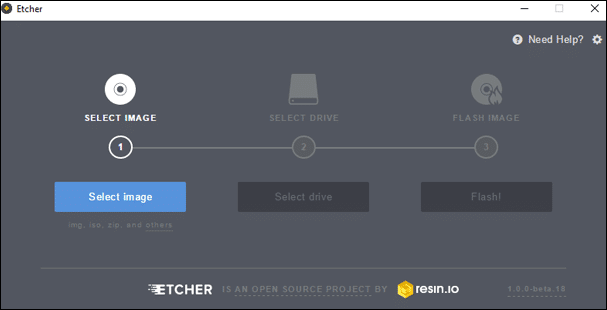
4. Next, select the SD card, make sure you double check to ensure it is the SD Card otherwise you might accidentally wipe a hard drive.
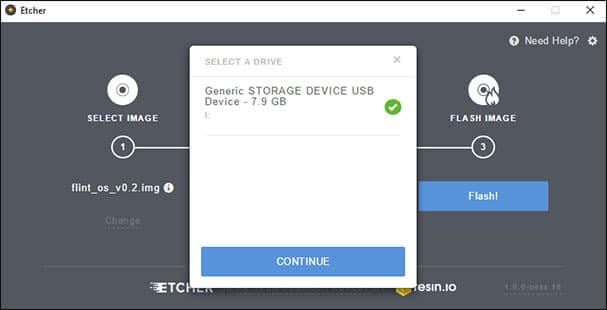
5. Next, click flash and wait while it writes the image to the SD card.
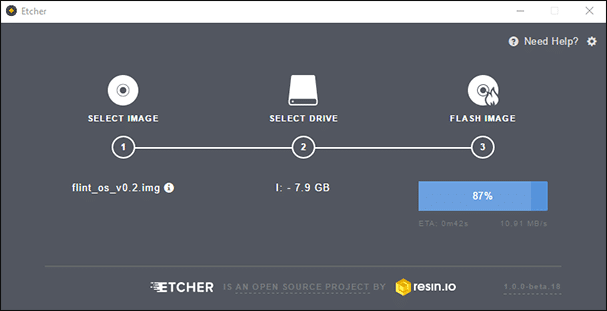
6. Now safely remove the SD card from the computer and insert into the Raspberry Pi.
7. It’s now time to move onto booting the Pi up.
First Boot
Setting up Flint OS is incredibly easy, so you shouldn’t run into any issues. Below are the very few steps that you will need to follow so you can get this all setup correctly.
1. First, you will need to connect to a network. If you have a Pi 3, then the onboard WiFi is supported in the latest version. Dongles and Ethernet should also work.
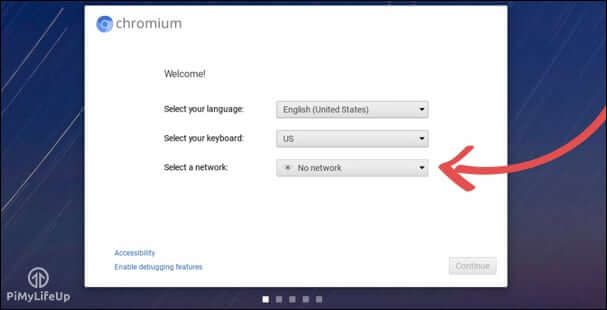
2. It will now check for updates, and this shouldn’t take more than just a minute.
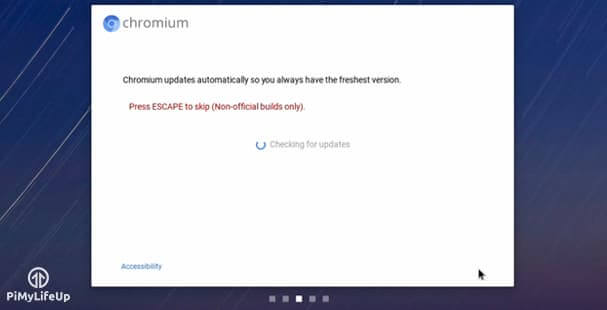
3. You will now need to login to your Google account. Alternatively, you can continue as a guest.
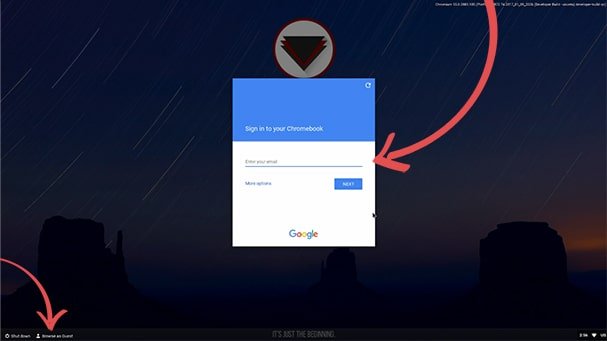
4. It will now log in and load up all your previous information (If you have used Chromium OS with the account before).
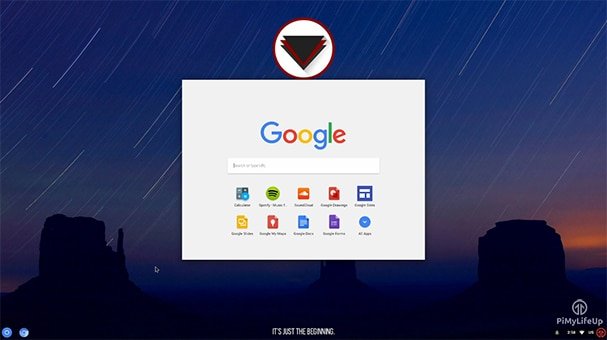
5. You’re now able to use Flint OS.
There isn’t a huge amount to talk about when it comes to using a Chromium operating system. It’s very simple and straightforward, however, if you need more information, then this information from Google is handy.
Note: Some of it refers to features that are only on Chrome OS which is different to Chromium OS.
Troubleshooting
At the time of writing this tutorial, Flint OS has a few issues here and there but is in much better shape than Chromium OS For SBC. Flint OS is also still in active development, so a lot of the issues are likely to be fixed in the future.
If you find your screen has frozen wait a minute as sometimes it lags and takes a bit of time to catch up. If it’s still not doing anything, then you will need to reset the Pi.
Most of the basics work just fine such as profile changing, installation of apps, extensions from the web store and much more.
The Flint OS subreddit is probably the best place to go to talk about issues, development, and anything else related to the operating system.
I hope this tutorial has helped you install Raspberry Pi flint OS without any issues. I also hope that it has shown you yet another cool OS that’s being developed for the Pi. If you have any feedback or anything else related to this tutorial, then be sure to leave a comment below.
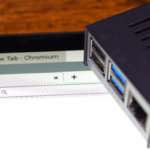

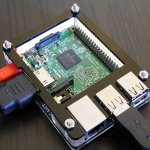


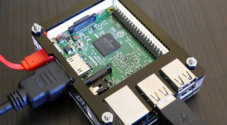
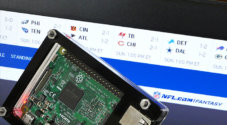
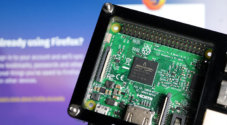
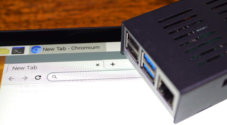
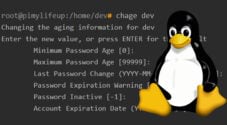
Hi,
I have already install the os on my Raspberry Pi and and it works too slow, is there a way to make it faster? Also I can’t find a terminal.
Please help.
Thank you very much for the tutorial 🙂
Hi Gus,
is it possible to run Netflix app on this system?
Thank you.
Thanks for this amazing tutorial! I recently purchased a pi 3 that comes with a pidrive. Please though, will this work with it? Thanks A Lot And Best Regards Ali 😉
Thank you!
– Flint OS team
Hi Gus,
Thank you for your easy guidelines to make beginner to a pro. I just installed Flint OS in my Pi and its working fine. Yes, there will be a little lag in opening the apps, but overall its good. I found an issue with my TP-Link Nano wirless usb adapter (TL-WN725N), its not working with the OS. And the screen gets flickering if i insert into the Pi. Pi working fine with Ethernet. Can you please suggest, how can i resolve the issue
Secondly, i wanna know, is there a way to access it remotely. I tried to access it through Chrome Remote Desktop, but its not allowing me to set the pin for the Pi and if i am trying to access another PC, its giving error “Some required components are missing. Please make sure you’re running the latest version of Chrome and try again”
Please suggest
Thank you Gus. It installed perfectly and easily.
Thank you